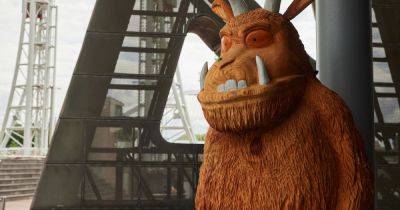Unearthing history: Explore Şanlıurfa's astonishing archaeological sites
The city of Şanlıurfa, in Türkiye's south-eastern region of Anatolia, holds great significance not only for the Turkish people but for all of humanity.
Astonishing archaeological sites at Taş Tepeler, or 'Stone Hills’, have been unearthed in the rugged stone hills surrounding the city.
The UNESCO World Heritage site of Göbeklitepe is one such place that has changed the way historians and archaeologists think about the cradle of civilisation.
Excavations began here in the mid-1990s and what was found is believed to be the oldest human-made place of worship ever discovered. Marked by layers of carved megaliths, it is estimated to date from about 10,000 BC, preceding Stonehenge by 6,000 years.
With its T-shaped limestone pillars – sculpted with images of wild animals, abstract characters and icons – the temple shines new light into the way of life and the beliefs of people living in Upper Mesopotamia.
Archaeologists used to think that humanity had not yet formed itself into groups at that time, before the Neolithic Revolution that brought scattered groups of hunter-gatherers into farming villages. But Göbeklitepe turned everything they knew upside down.
“Up until now, we had assumed that agriculture was at the forefront of humanity's transition to settled life," explained tour guide Merve Ofluoğlu.
"However, when we examine the existence of life in Göbeklitepe, we cannot see a transition to agriculture. That came a little later. Although they were a hunter-gatherer society, they built these structures in line with their beliefs”.
This could mean that what truly forced mankind to settle wasn’t agriculture, but the urge to build religious temples and stay close to them.
Only 5% of Göbeklitepe has been excavated so far, and similar








